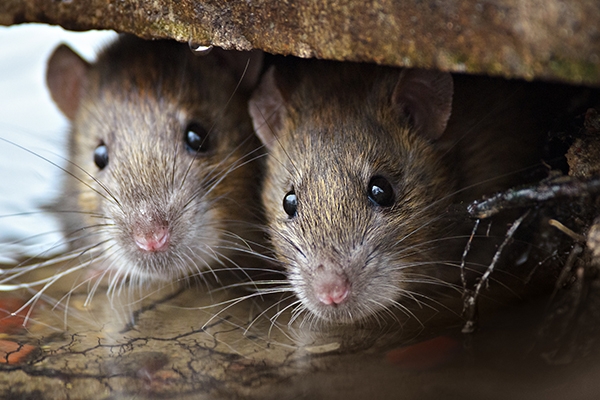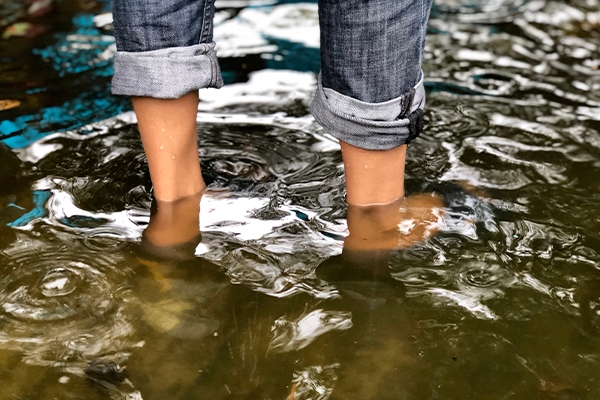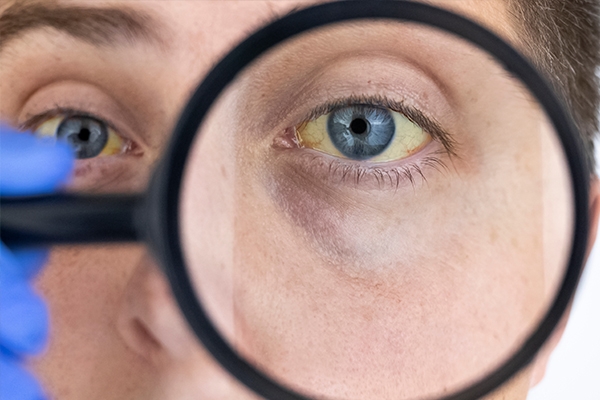Leptospirosis: A Health Threat Lurking After Floods

The rainy season brings more than just puddles and traffic jams—it also increases the risk of leptospirosis, a bacterial disease that spreads through contaminated floodwater.
What is leptospirosis?

Leptospirosis is a zoonotic disease caused by the Leptospira bacteria. It spreads from animals to humans, and rats, dogs, cows, and other livestock are common carriers.
The bacteria spread when a person comes into contact with infected animals' urine or contaminated water, mud, or soil.
Workers in rice fields, forests, and waste management are at higher risk, especially if they lack protective gear. Leptospira bacteria can survive for months in humid environments, particularly in areas with poor sanitation.
How is leptospirosis transmitted?
Leptospirosis spreads through:
- Direct contact with contaminated water or soil.
- Open wounds or mucous membranes (eyes, nose, mouth) exposed to infected water.
- Ingestion of food or drinks contaminated with Leptospira bacteria.
- Pregnancy transmission: Infected pregnant women can pass the bacteria to their unborn child. Infection during early pregnancy may cause miscarriage, while third-trimester infections can lead to stillbirth or intrauterine death.
The risk increases after floods, as contaminated water seeps into rivers, wells, and even tap water. The disease is more common in tropical and subtropical areas with high rainfall.
Leptospirosis symptoms

Leptospirosis symptoms often resemble the flu or other viral infections, making early detection challenging. Here are some symptoms to look out for:
- high fever
- headache
- chills
- muscle pain, especially in the calves and back
- nausea and vomiting
- red eyes
- jaundice (yellowing of the skin and eyes)
- stomach pain and diarrhea
- skin rash
The incubation period ranges from 2 to 30 days, averaging 5–14 days after exposure. The disease progresses in two phases:
- Leptospiremic phase (early stage)
This phase lasts 3–10 days, including fever, muscle pain, headache, and nausea. The bacteria circulate in the bloodstream, spreading to the organs. - Immune phase (late stage)
The bacteria attack vital organs, including the kidneys, liver, and brain, potentially leading to meningitis, kidney failure, or Weil’s syndrome—a severe form of leptospirosis causing jaundice, internal bleeding, and respiratory issues. If untreated, it can be fatal.
The dangers of untreated leptospirosis
Without prompt treatment, leptospirosis can lead to:
- acute kidney failure
- liver damage
- meningitis (inflammation of the brain membrane)
- fatal pulmonary hemorrhage
Each year, leptospirosis causes 1 million cases worldwide, resulting in 60,000 deaths.
How to prevent leptospirosis
Preventing leptospirosis is easier than treating it. Follow these measures:
- Store food in sealed containers to prevent rat contamination.
- Wash hands thoroughly with soap after potential exposure.
- Keep the environment clean and properly dispose of trash.
- Cover wounds with waterproof bandages before contact with water.
- Wear protective footwear and gloves in wet or muddy areas.
- Avoid floodwater whenever possible.
When should you see a doctor?
Seek medical attention if you develop high fever, muscle pain, or red eyes after flood exposure. Early treatment with antibiotics such as doxycycline or penicillin can prevent complications.
Conclusion
Leptospirosis is a serious post-flood health risk. Maintaining hygiene, avoiding contaminated water, and recognizing symptoms early can protect you and your family.
Stay vigilant during the rainy season and prioritize health in your daily activities.



